This summer I visited the city of Gravina in Puglia, a place where the first traces of man date back to the 8th century BC. whose natural habitat were the caves dug into the soft rock of the area. The ravines are erosive incisions even more than 100 meters deep, very similar to the Canyons, dug by rainwater in the limestone rock. The walls, very inclined and in some cases vertical, can be from a few dozen to more than 200 meters apart.
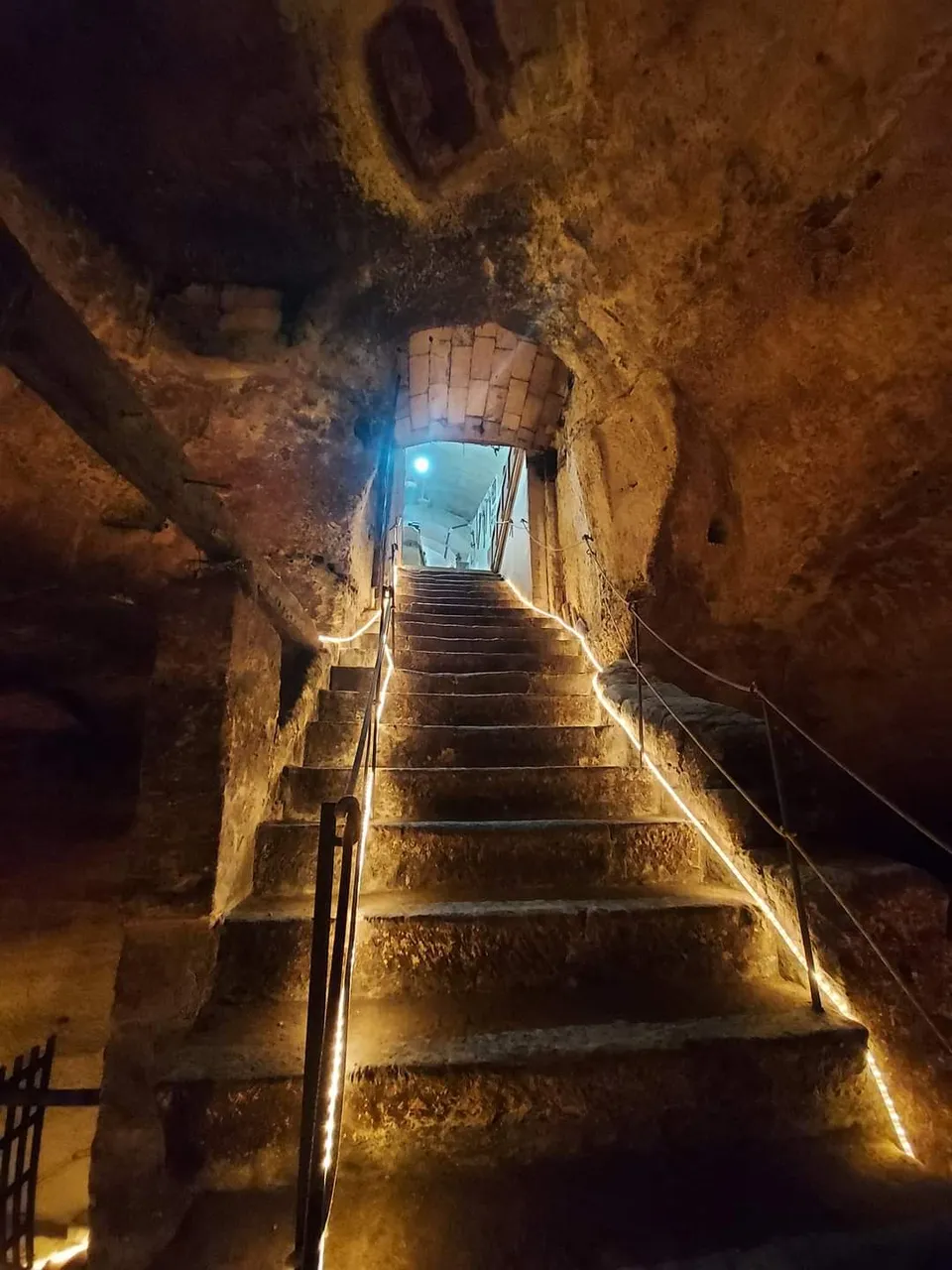

The ravines are clearly visible along the sides of the rock walls of the old city, near the Gravina river which has been digging into the rock for centuries and continues its course undisturbed. However, there is an underground city, made up of tunnels and tunnels, much older than the first homes, and only recently discovered by some researchers.
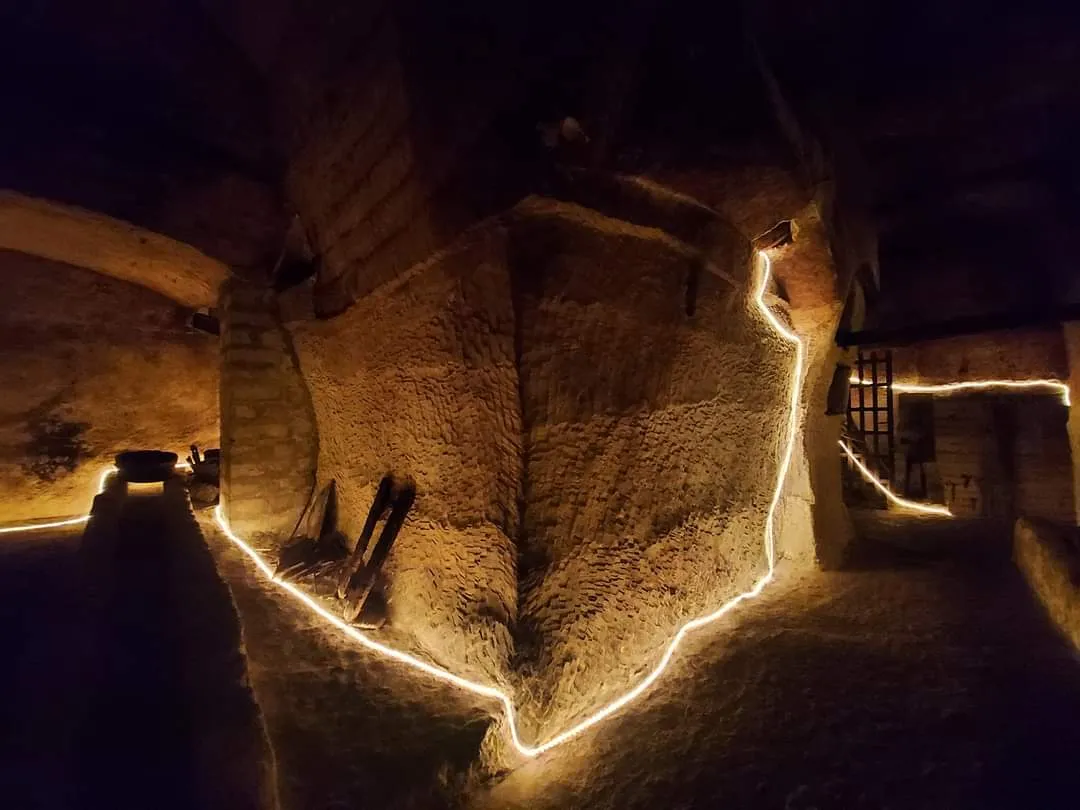
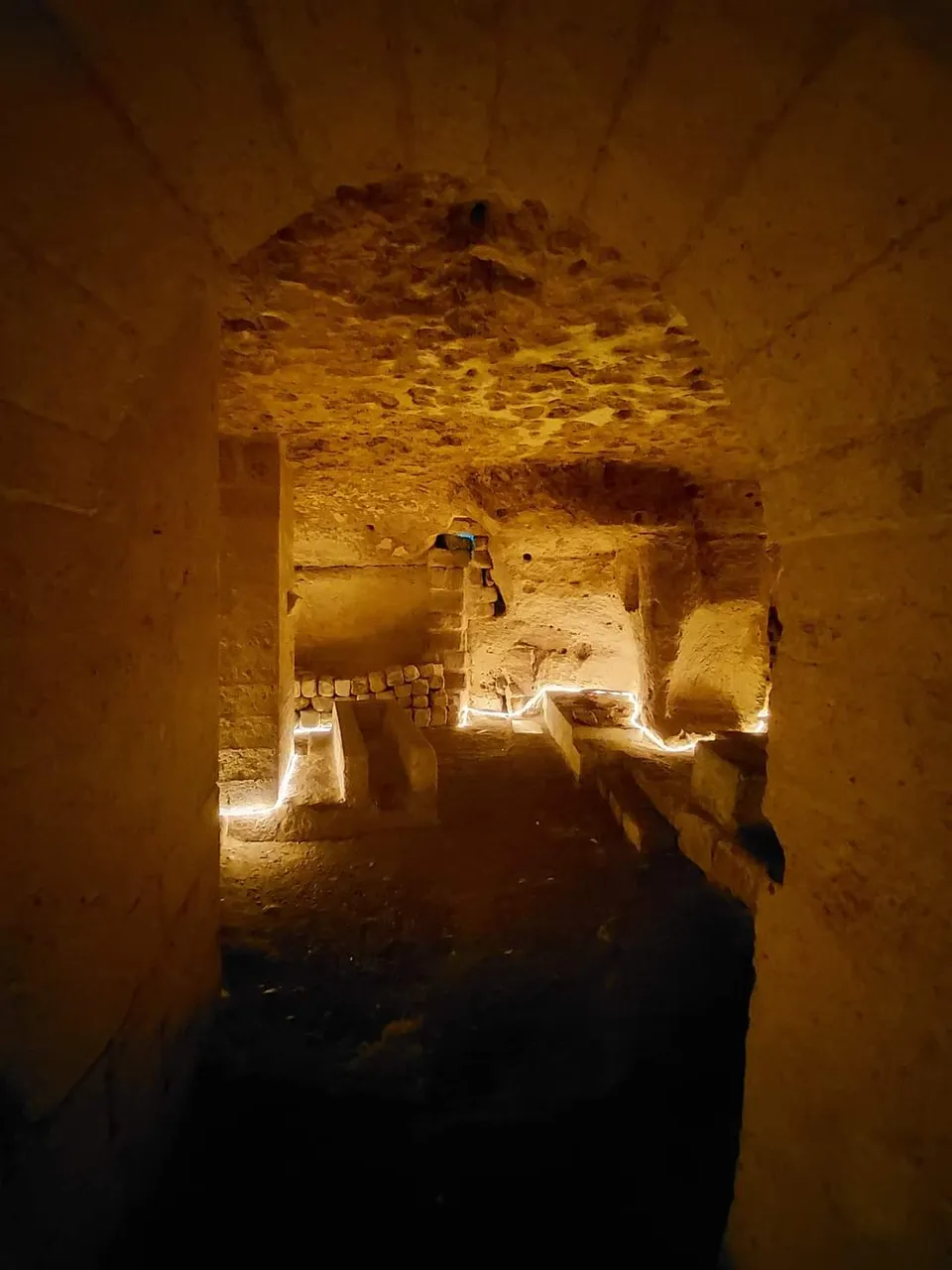
It is precisely a real city, a path that branches out for hundreds of meters in the rock, even going down 20-30 meters below the walkable surface of the city, the layer on which the buildings have been built in recent years. two centuries. The underground city is a long path characterized by several corridors, not always communicating with each other, through which you access different rooms, each having specific functions.
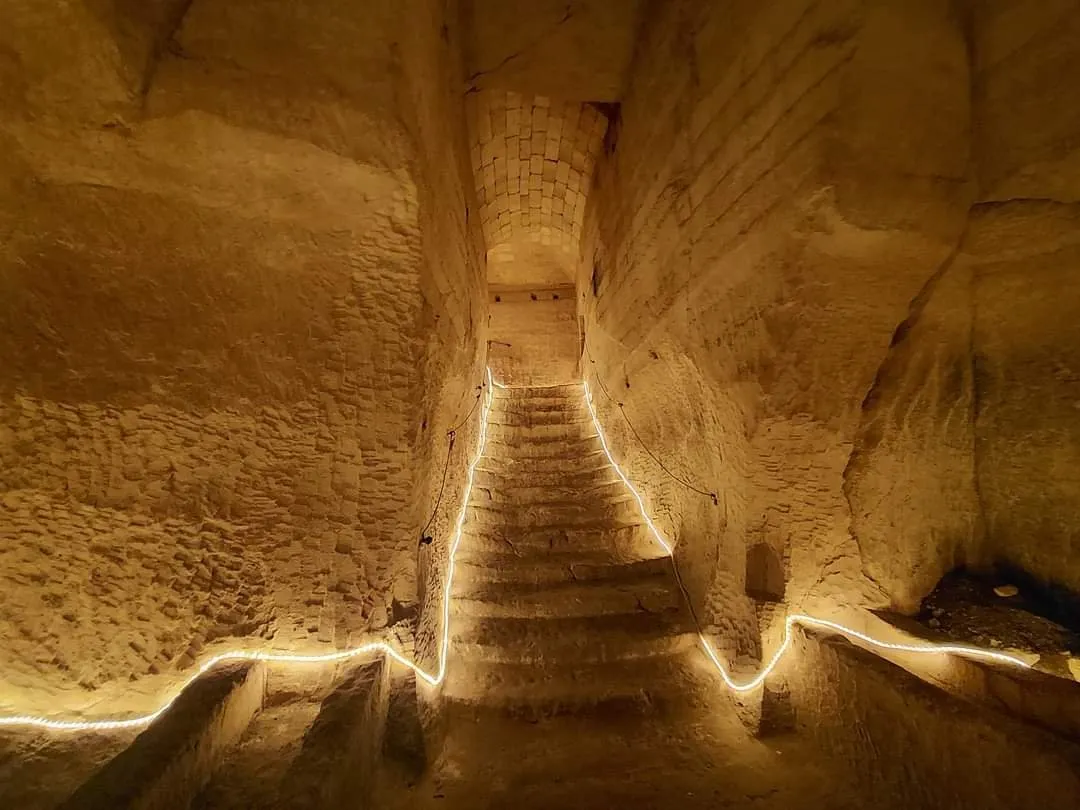
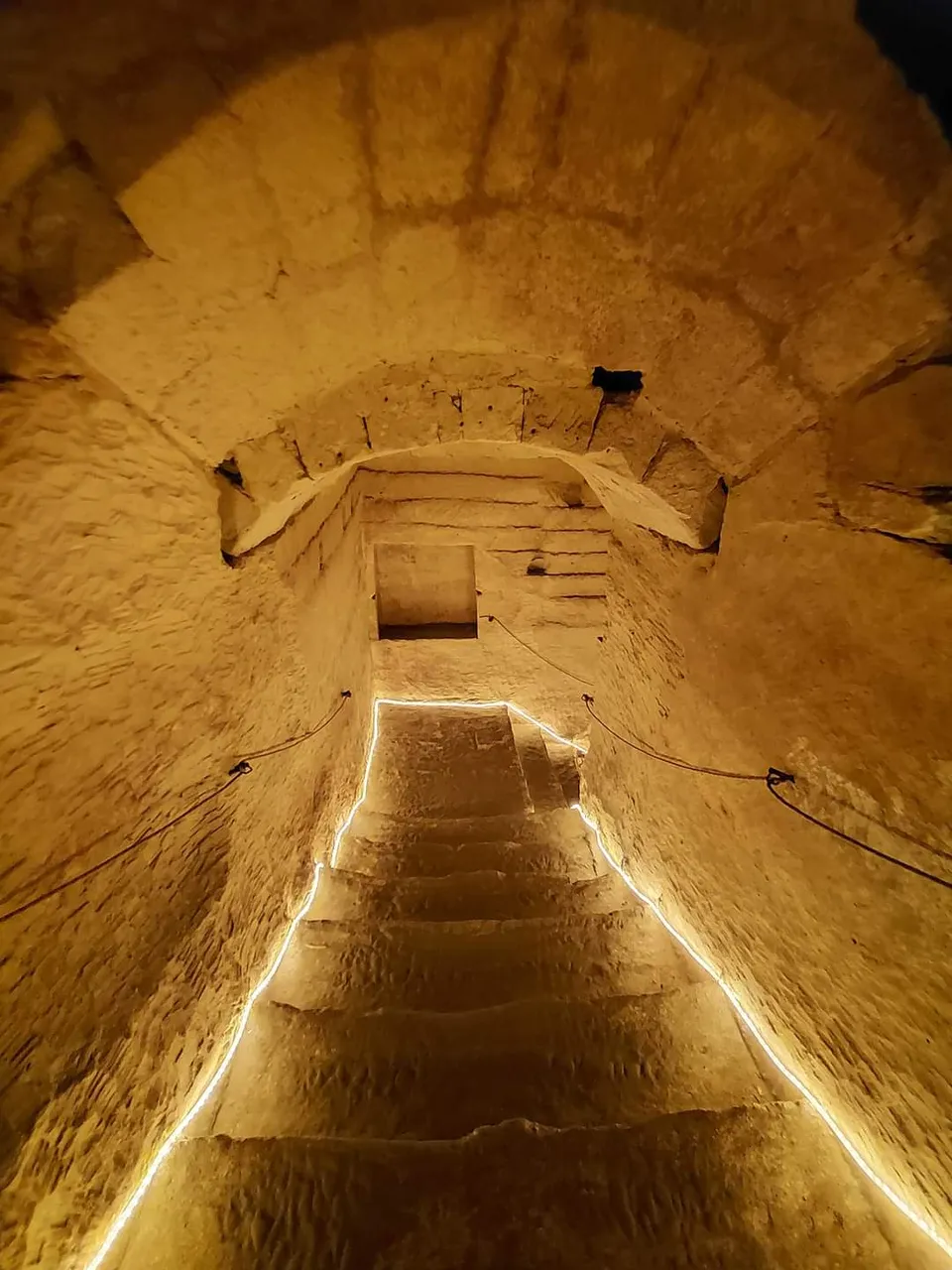
Being, in fact, an underground city, it is necessary to change perspective: here there are no houses with a roof or temples with columns. The rooms seem a bit similar to each other, if it weren't for the different dimensions, but at the time everything was well laid out, and the inhabitants knew exactly where to go. Like any self-respecting city, here there were rooms dedicated to prayer, cooking, food pantries, rooms for collecting rainwater.
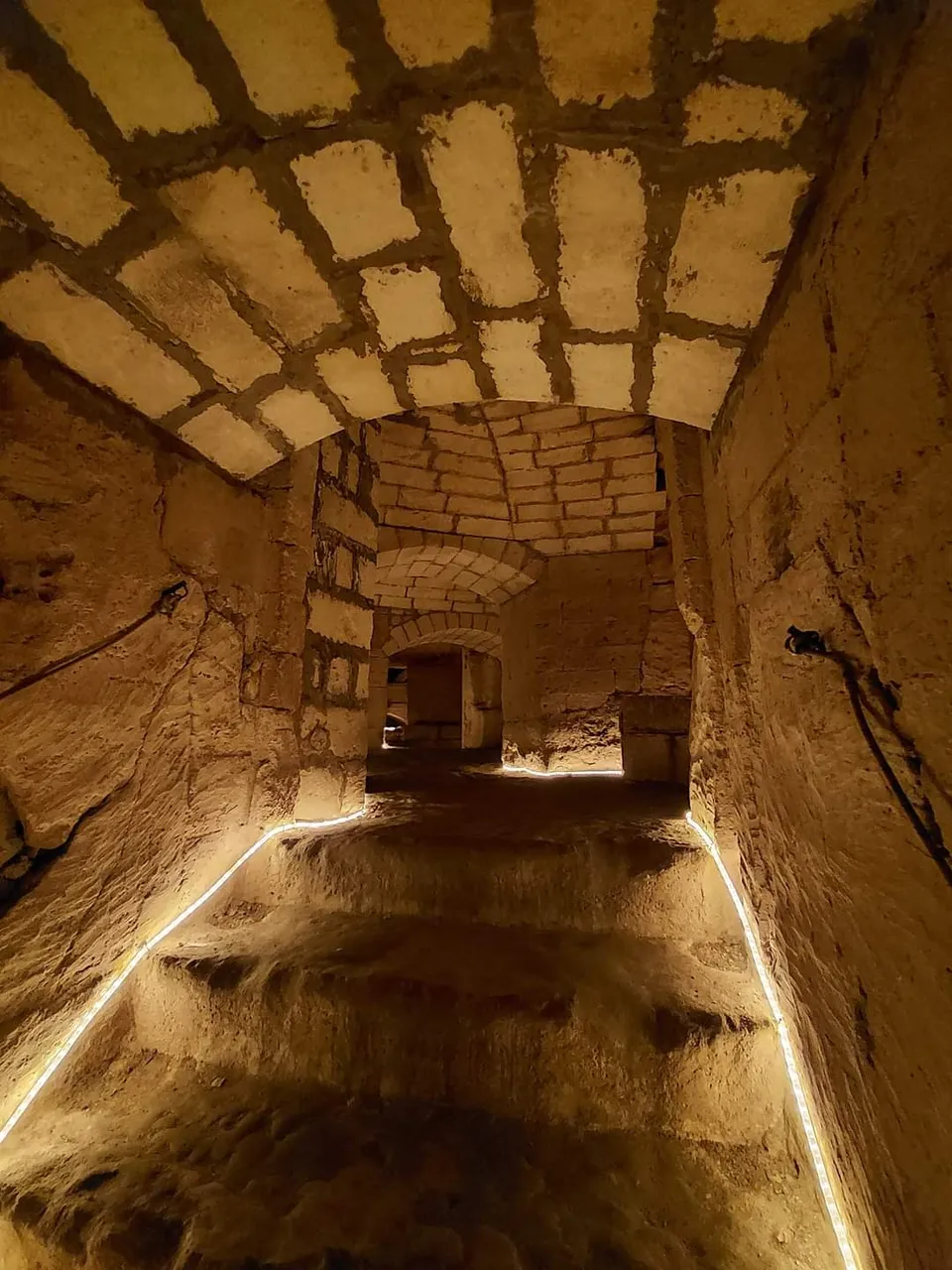
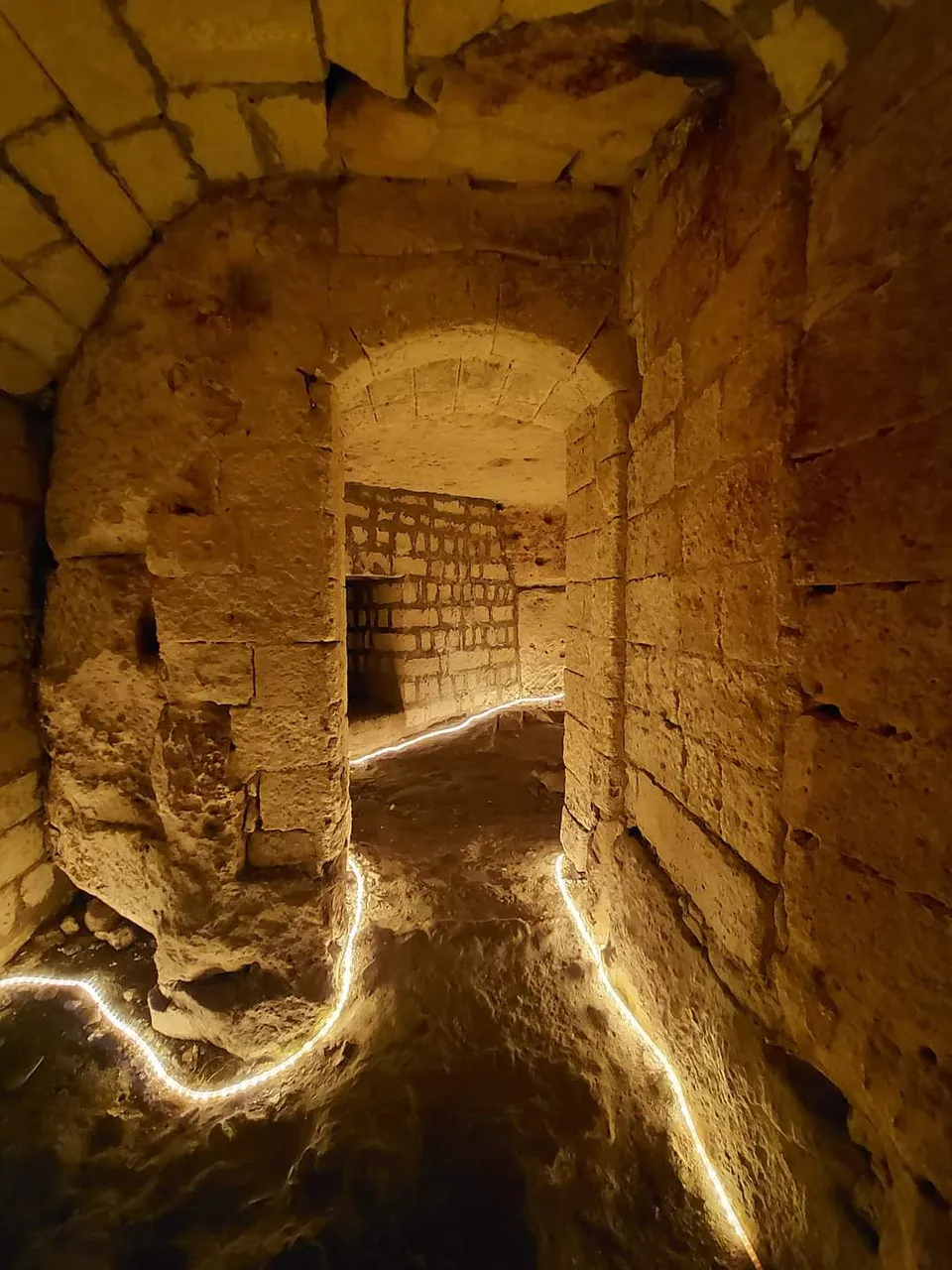
In the underground caves the population defended itself from enemy attacks, here it was difficult for the enemy to penetrate as the accesses were limited and well guarded. Furthermore, the inhabitants, who had profound knowledge of the underground labyrinth, could move skilfully among the dim lights of the lanterns. Today the rooms are illuminated with LED beams that indicate the path to visitors, a couple of millennia ago it wasn't so easy to find your way around the caves.
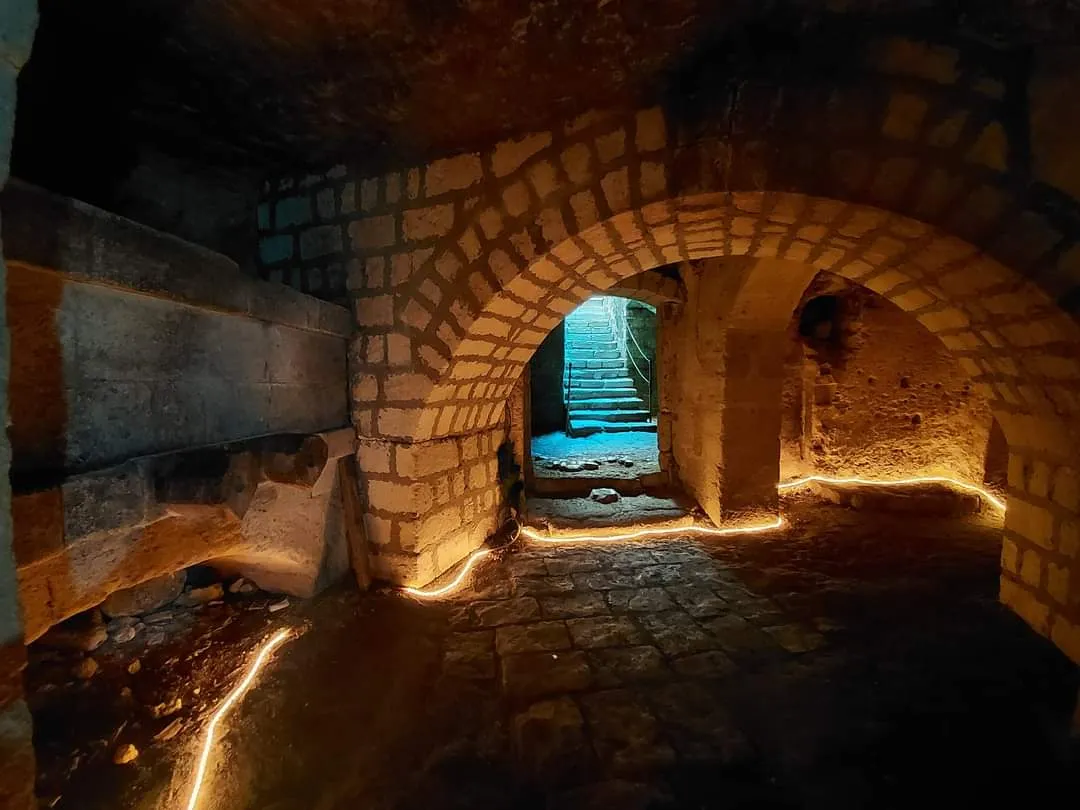

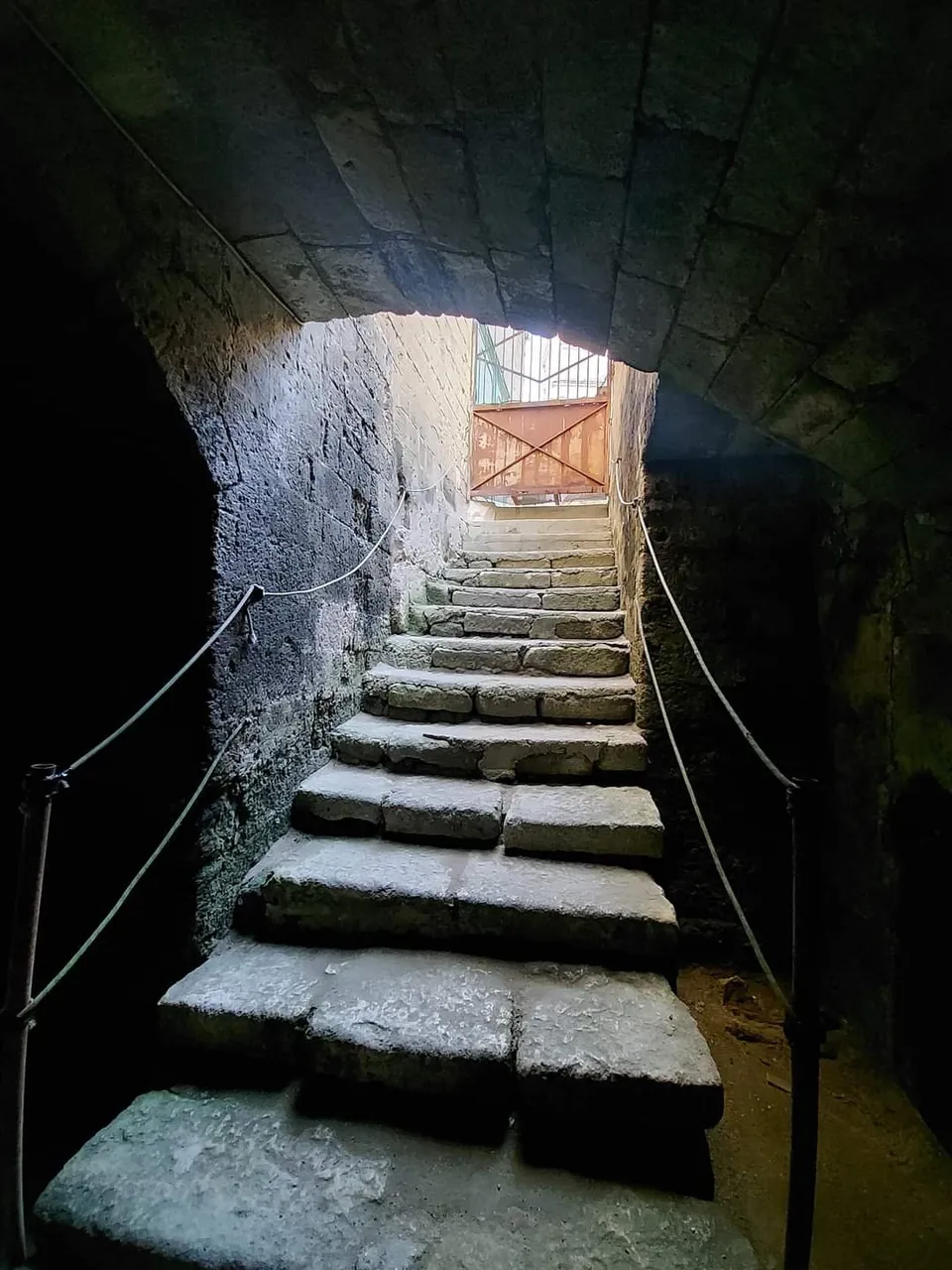
The underground city is an enchanting place, probably not recommended for claustrophobics, the shortest and most linear route takes about 45 minutes, the longest and most fragmented one can take up to an hour and a half. The temperature down here is extremely cool compared to the heat on the surface, which makes me think it was also a great place to be on the hottest summer days. On the other hand, in the winter months it is very cold down here, even for tourist visits.
It is possible to visit the caves exclusively in groups and with the help of the operator, the risk of getting lost is minimal but it is essential to know the history in detail and be helped to see what seems apparently invisible.